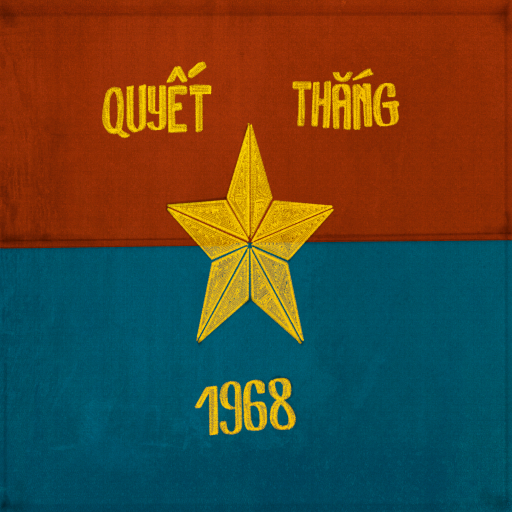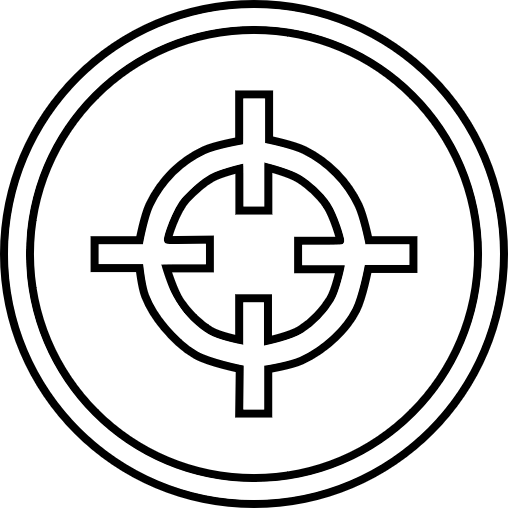Mosin-Nagant M91/30 PU
| Factions | Weapon | Icon | Classes | Ammo |
|---|---|---|---|---|
 VC |
 Mosin-Nagant M91/30 PU |
 |
 Sniper Sniper |
5 / 15 |
| Damage Base | Headshot × | Chest × | Stomach × | Leg × | Arm × | Bayonet | Rifle Grenades | Reload Speed | |
|---|---|---|---|---|---|---|---|---|---|
| Partial | Empty | ||||||||
| 65 | ×2.4 = 156 | ×2.15 = 139.75 | ×1.95 = 126.75 | ×1.15 = 74.75 | ×1.15 = 74.75 | YES | NO | 3.033 Seconds | 4.633 Seconds |
| Designation | Weapon Type | Fire Modes | Fire Rate | Bullet Spread ° | Range Modifier | Muzzle Velocity | Projectile weight | Weight |
|---|---|---|---|---|---|---|---|---|
| M91/30 PU | Bolt Action Sniper Rifle |
Semi | 45 RPM | 7.7 ° & 0.05° ADS | 0.985 | 865 m/s | 9 g (138.89 gr) | 3.4 kg (7.5 lbs) |
| Full name | Caliber | Place of Origin | Date | Manufacturer | Barrel Length | Total Length | Weapon Script Name |
|---|---|---|---|---|---|---|---|
| Mosin–Nagant Model 1891/30 | 7.62x54mm | Russia | 1932 | Tula Many others |
29 in (730 mm) | 48.5 in (1,232 mm) | weapon_m38s |
HISTORY
The Mosin–Nagant Model 1891/30 was modified and adapted as a sniper rifle from 1932 onwards, first with mounts and scopes from Germany then with domestic designs (PE, PEM) from 1931; from 1942 it was issued with 3.5-power PU fixed focus scopes. It served quite prominently in the brutal urban battles on the Eastern Front, such as the Battle of Stalingrad, which made heroes of such snipers as Vasily Zaitsev, Lyudmila Pavlichenko, Ivan Sidorenko, and Roza Shanina. Finland also employed the Mosin–Nagant as a sniper rifle, with similar success with their own designs and captured Soviet rifles. For example, Simo Häyhä is credited with having killed 505 Soviet soldiers, many of whom fell victim to his Finnish M/28-30 Mosin–Nagant rifle. Häyhä did not use a scope on his Mosin. In interviews Häyhä gave before his death, he said that the scope and mount designed by the Soviets required the shooter to expose himself too much and raise his head too high, increasing the chances of being spotted by the enemy. In addition, scopes tended to reflect sunlight when moved side to side, which gave away a sniper's position.
SOURCE
